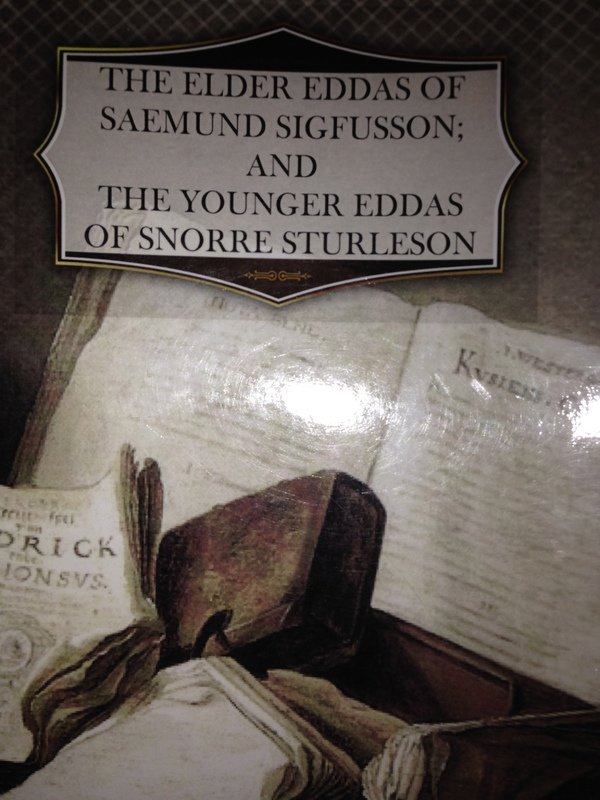I imagine Culture as a sort of subtle conduit through which the individual person can direct their energy and express themselves. Take the video below as an example.
The wood slab could be thought of as Culture A. The electrical current is then considered the collective Identity of Culture A. It's art, food, science, theology, etc. On a molecular level, this wood slab channels the electricity from the negative to positive electrode through it's own subtle channels. It should not be a surprise when the pattern left by the electrical current resembles the shape of an actual tree or tree branch.
As a general rule, nature is fractal like that.
Human beings have free will, opposable thumbs, and foresight, we can break out of the natural tendencies, instincts, & urges our physical body expresses. To play off of the previous example, a human in sufficient control of his or her actions from a higher point of consciousness than the physical mind could direct their current out of the natural tree pattern into another direction of their choosing. This action would then create another subtle channel in the wood through which the future current could more easily flow.
If Culture A was governed by virtuous morals, it would create a harmonious pattern which complimented the natural tree already expressing itself. If it were ruled by vice or negative morals it would create a disharmonious pattern and conflict with the natural tree pattern. This is why certain behavior is contagious in high stress situations, either positive or negative. This is also why societal level behavior is hard to change once established and widely accepted. Currents on all levels of existence will always choose the path of least resistance unless free will is introduced.
This concept is embedded within most mythology or religious tradition.
The Bible uses the allegory of Adam & Eve in the Garden of Eden to explain this idea. Until they eat the fruit from the Tree of Knowledge (which could represent free will and foresight), they were living in paradise. Another way of saying they were living in perfect harmony with nature, both their individual nature and the greater nature surrounding them.
The Bible colors this allegory in a negative light by saying the result is Adam and Eve being cast from paradise, but there is also a positive way of looking at this same concept.
In the Voluspa, a poem in the Poetic Edda of Northern Europe tradition, the masculine Trinity find the first human beings who are described as being without breath, vitality, poetry, color, or Destiny. The Trinity give these first human beings the gifts of Breath, Poetry, and Vitality.

Both allegories are accurate and describe a similar event. One warns us of the danger that comes with having free will, and the other reminds us of the beauty that can come with it. Both allegories tell of the moment the Human species stepped out of the natural currents of this planet and gained the opportunity to create something new. Both tell of the beginnings of Human Culture.